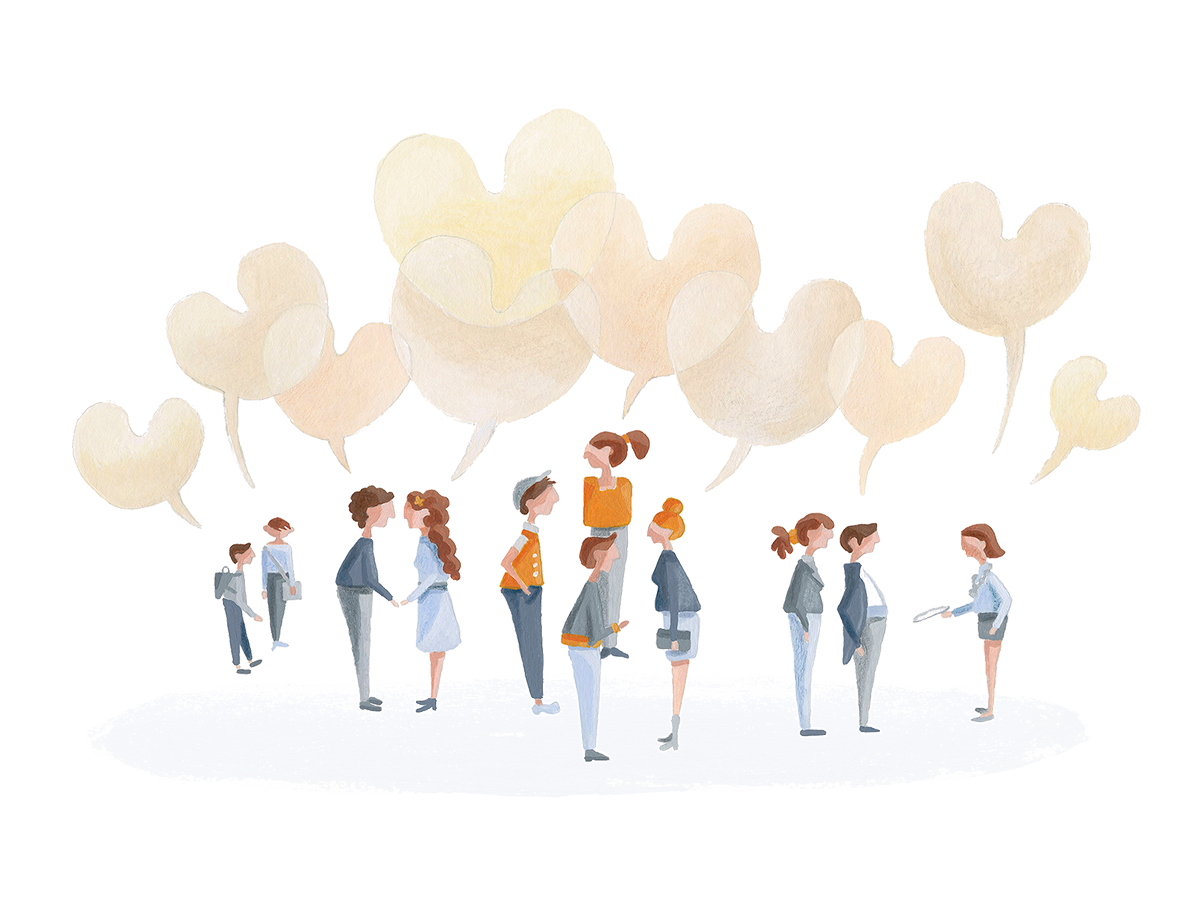In Het Bildt, a region of reclaimed land (polders) to the northwest of Leeuwarden, the inhabitants speak the regional language of Bildts. During the most recent redrawing of municipal boundaries, Het Bildt was amalgamated within the municipality of Waadhoeke. The language of the North and South Holland farmers who drained Het Bildt in the 16th century became mixed with the Frisian spoken by the agricultural labourers. This gave rise to a new hybrid language. Bildts speakers are proud of their own language and are also fighting for its preservation and continued existence. More info (in the Bildts language).
The two Stellingwerf municipalities, bordering the province of Drenthe, have their own language: the Stellingwerfs dialect, which is part of Low Saxon regional languages. The roots of the people living in these two municipali-ties differ from those of the rest of the province because with the conquering of Fryslân in 1498 by Albrecht of Saxony, this land was actually occupied. The Dutch Low Saxon dialect area, comprises the provinces of Groningen, Drenthe and Overijssel, and parts of the province of Gelderland as well. This group has been elevated by the Netherlands (and by Germany) to the legal status of streektaal (regional language) according to the European Charter for Regional or Minority Languages. More info (in the Stellingwarf language).
Source: Taal fan it Hert
Please find here the brochure: Taal fan it hert – Language of the heart. Or download the app on your phone through the App Store and Google Play.

